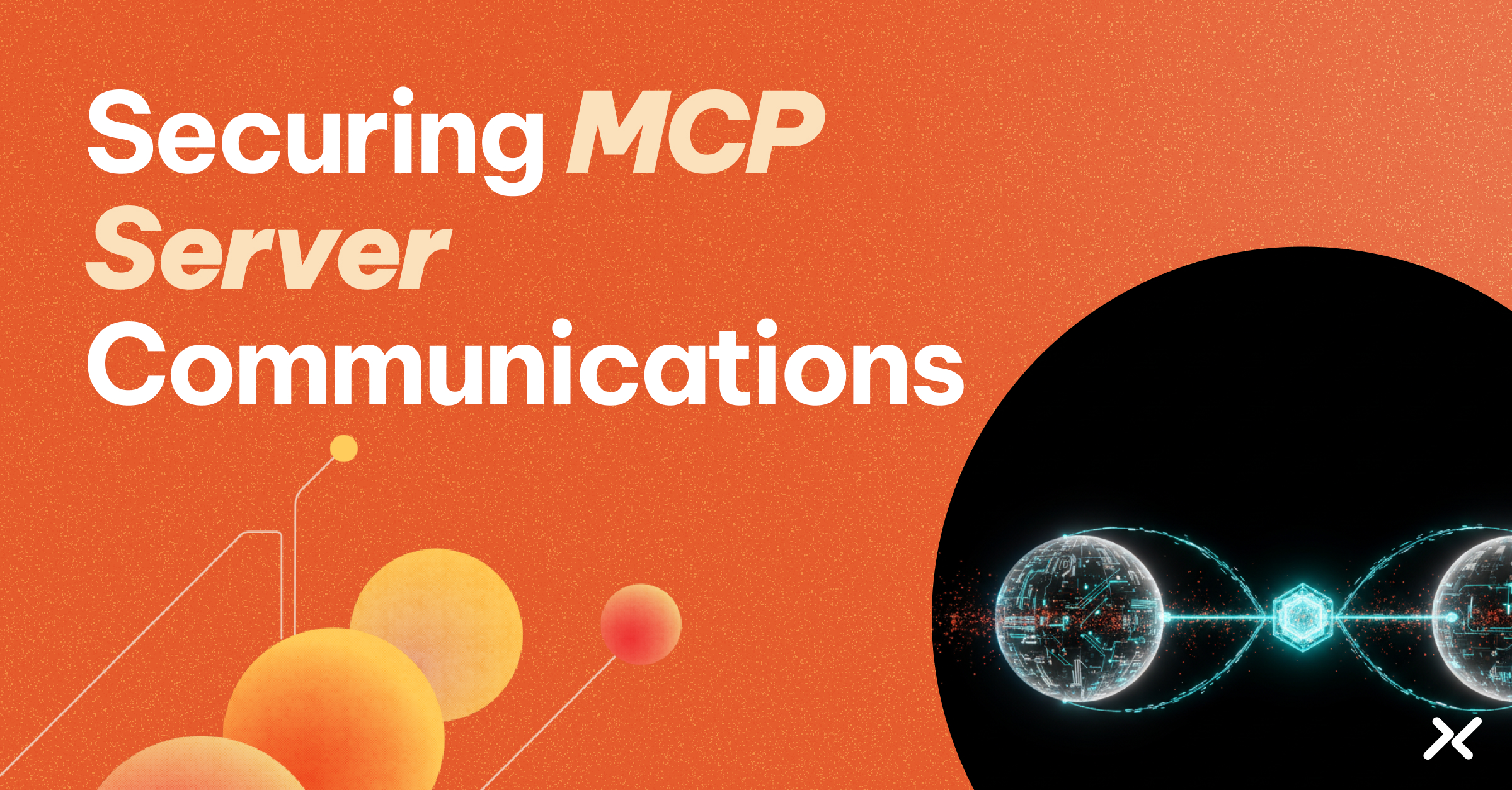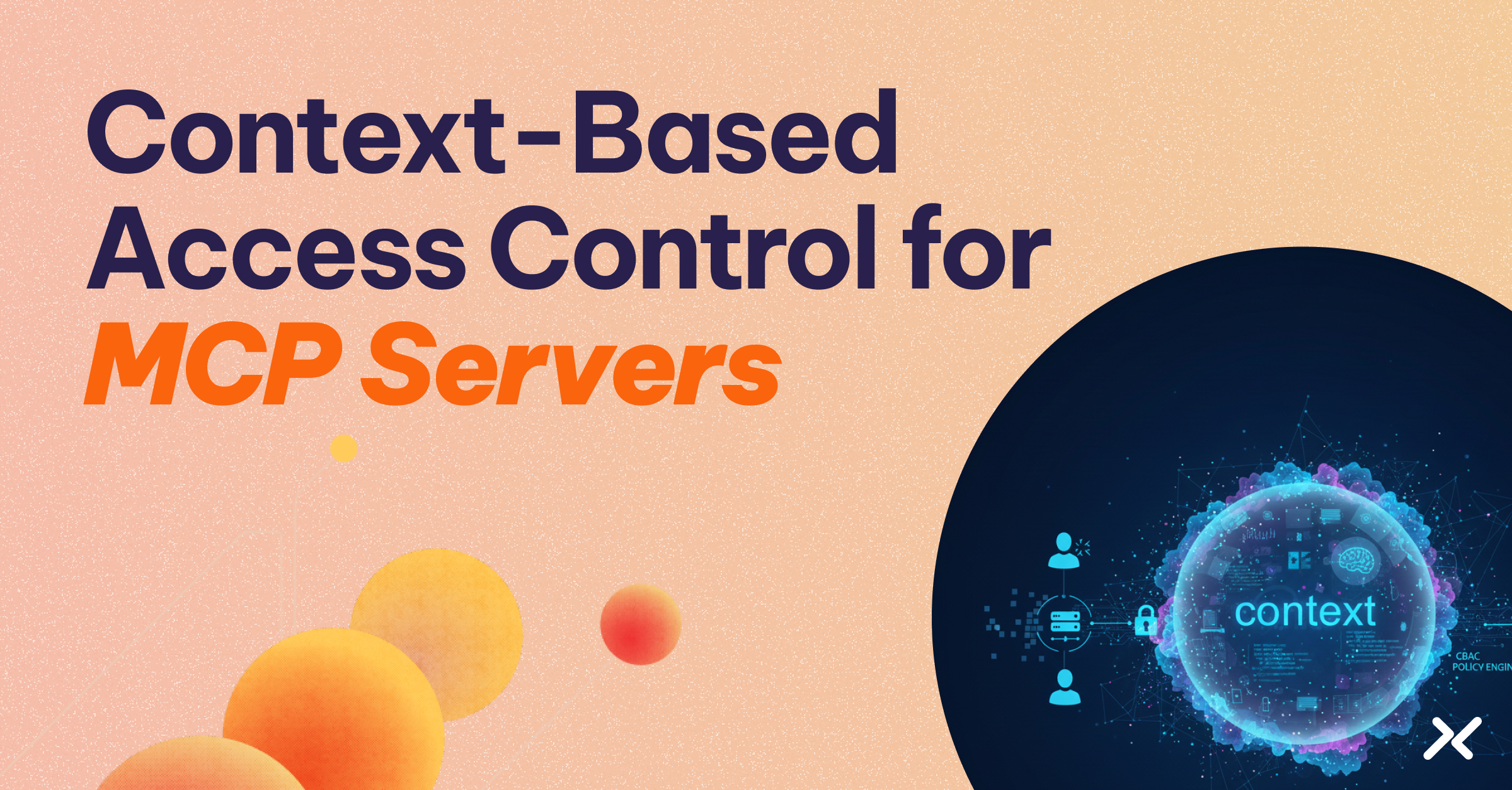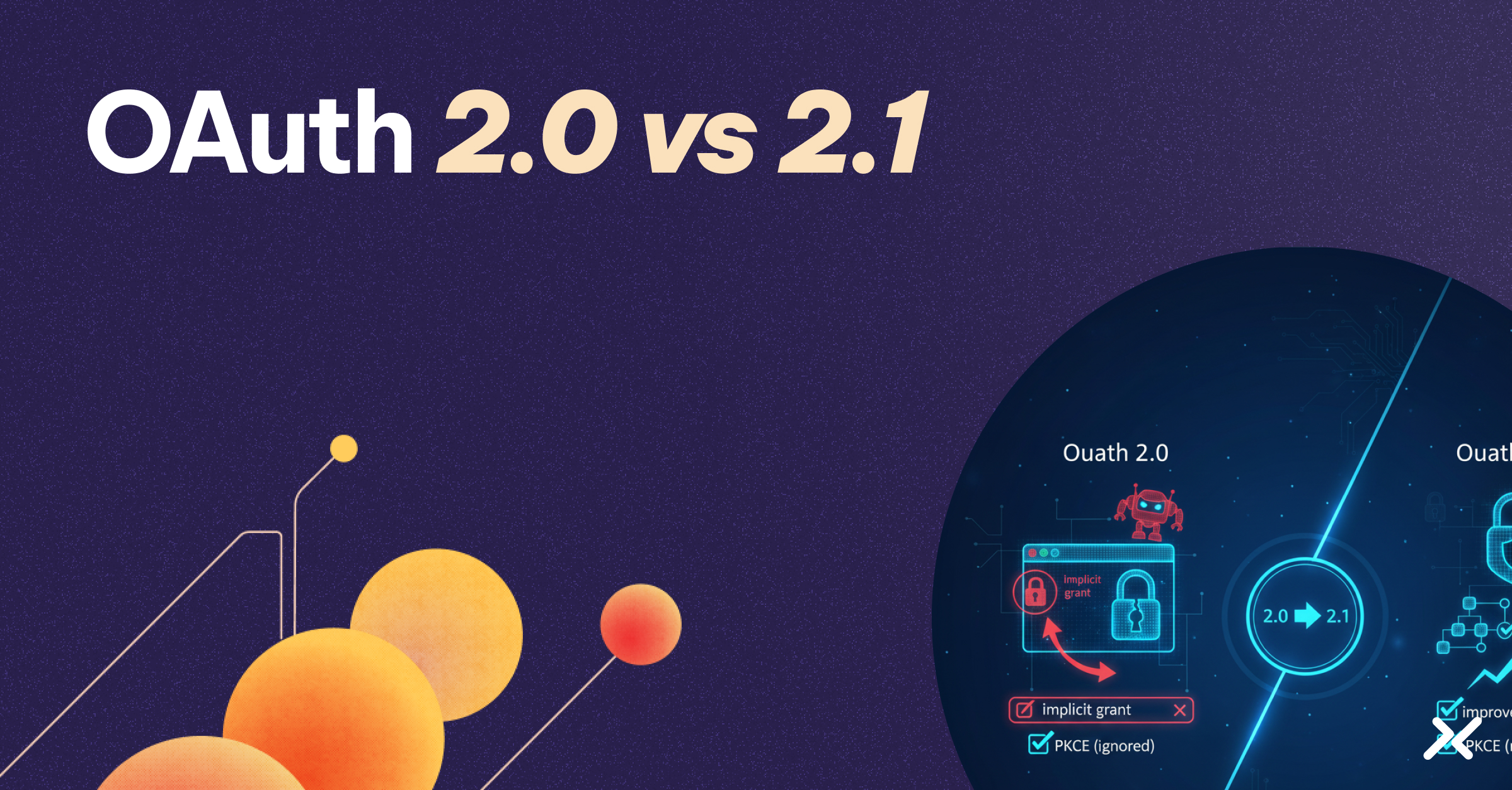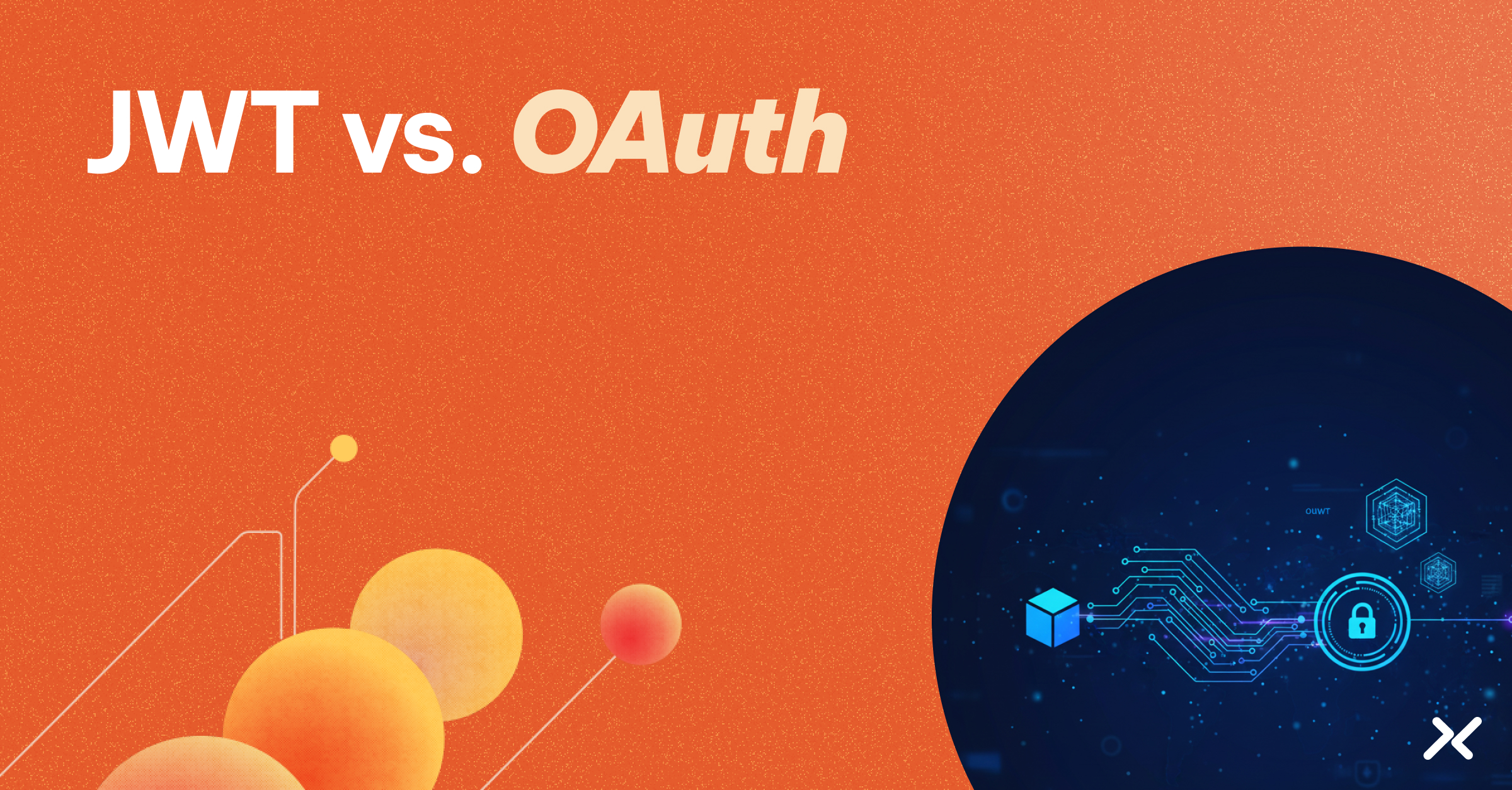Your AI agent just exposed sensitive customer data to an attacker who never touched a password.
The breach didn’t happen through stolen credentials or a brute-force attack. The attacker simply convinced your agent to retrieve confidential information through a carefully crafted prompt, exploiting the Model Context Protocol server that mediates every tool call, context exchange, and data payload your agent touches.
This is the new reality of MCP security. When agents orchestrate complex workflows across multiple services, the MCP server becomes the nervous system of your AI infrastructure. Compromise that channel and attackers don’t need to break authentication; they can manipulate contexts mid-stream, inject malicious tool invocations, or exfiltrate data through seemingly legitimate agent requests.
Securing MCP servers requires rethinking the entire communication stack, not just adding TLS and calling it done. You need defenses that span transport encryption, identity verification, contextual integrity, and behavioral monitoring. Miss any layer and you’ve left a door open.
The MCP Attack Surface Nobody’s Talking About
MCP servers face threats that traditional API security never anticipated. Unlike REST endpoints with predictable request patterns, MCP servers handle dynamic, context-rich exchanges where the line between legitimate and malicious behavior blurs constantly.
- Prompt injection through context manipulation represents the most insidious risk. An attacker embeds instructions in data that the MCP server passes to your agent as context. Your agent executes those instructions thinking they’re part of its normal workflow, potentially leaking credentials, modifying tool calls, or accessing unauthorized resources. The MCP server facilitated the attack without detecting anything unusual.
- Man-in-the-middle attacks escalate from data interception to logic subversion. In unencrypted or poorly validated channels, attackers don’t just read messages; they alter tool invocation parameters, inject false context, or redirect agent requests to malicious endpoints. Your agent makes decisions based on compromised information, and the MCP server treats everything as valid traffic.
- Spoofed identities multiply in agent-to-agent communication. A malicious process masquerading as a legitimate MCP server tricks your agent into revealing internal state, exposing API keys, or executing unauthorized operations. Without cryptographic verification of both endpoints, your agent can’t distinguish real from fake, and traditional hostname validation won’t save you.
- Tool invocation abuse exploits the permissive nature of agent workflows. Even when authentication succeeds, the MCP server might allow agents to invoke tools they shouldn’t access, with parameters they shouldn’t use, at frequencies that indicate malicious scanning. Authorization becomes as critical as authentication, but most implementations ignore it entirely.
These risks compound in production environments where agents autoscale, MCP servers handle thousands of concurrent sessions, and attack patterns hide in legitimate traffic. Traditional monitoring tools built for human-driven APIs miss the behavioral anomalies that signal MCP-specific attacks.
Four Layers of Defense for Production MCP Deployments
Securing MCP communications requires defense in depth, with each layer addressing different attack vectors. Skip any layer and you’ve created a single point of failure that sophisticated attackers will find.
1. Lock Down Transport and Identity
Start with transport security that eliminates eavesdropping and impersonation.
- Enforce TLS 1.3 on all MCP channels with forward-secret cipher suites and strict certificate validation.
- Use mutual TLS or sender-constrained tokens (mTLS or DPoP) when possible so both the agent and server prove identity cryptographically, not just through hostnames or IPs.
- Apply certificate pinning selectively for high-risk or externally exposed MCP servers. Pin the expected certificate or public key where operationally feasible, but rely on trusted CA roots and automated rotation for large-scale or dynamic environments.
- Automate certificate and token rotation with short validity periods (days or weeks). Use cert-manager, ACME, or internal PKI APIs to issue and renew certificates automatically, and enable revocation checks (CRL or OCSP).
- Scope tokens to audiences (OAuth 2.1 “resource indicators”) so credentials issued for one MCP server can’t be replayed against another.
- Segment the network to minimize blast radius: place MCP servers in private subnets reachable only by authorized workloads, front external endpoints with gateways enforcing rate limits, auth, and DDoS protection.
2. Validate and Sanitize Contextual Data
Transport security protects the channel; contextual validation protects what flows through it. Every piece of context the MCP server passes to agents represents a potential injection vector, and agents trust that data implicitly unless you build validation into the pipeline.
Implement input sanitization that strips or escapes control characters, validates data types and formats, and rejects payloads exceeding size limits. Use allowlists for structured fields (enumerated values, predefined schemas) rather than denylists that attackers bypass with creative encoding. Apply sanitization at the MCP server boundary before context reaches agents.
Context isolation prevents data leakage between sessions. Ensure each agent interaction gets a fresh context scope with no residual data from previous sessions. Clear sensitive information from memory when sessions end, and audit context handling logic to verify isolation boundaries hold under concurrent load.
Behavioral analysis detects anomalous context patterns that signal attacks. Monitor for unusual context sizes, unexpected data types in structured fields, rapid context switches that indicate scanning behavior, or context payloads containing suspicious patterns (embedded scripts, encoded commands, unusual character sequences). Flag these for investigation before they reach agents.
3. Enforce Granular Tool Authorization
Authentication answers “who are you?” but authorization answers “what can you do?” MCP servers must enforce fine-grained authorization policies that go beyond verifying agent identity to controlling tool access, parameter validation, and usage limits.
Policy-driven access control defines which agents can invoke which tools based on workload identity, execution context, and conditional attributes. A development agent shouldn’t access production databases. An agent processing public data shouldn’t call tools that handle PII. Policies express these constraints declaratively and enforce them at the MCP server layer, not in agent logic.
Parameter validation prevents tool abuse through malicious arguments. Even when an agent has permission to invoke a tool, validate that parameters fall within expected ranges, conform to required schemas, and don’t contain injection attempts. Reject tool calls with suspicious parameters before execution.
Rate limiting and circuit breaking prevent resource exhaustion and scanning attempts. Limit how frequently agents can invoke expensive tools, how many concurrent tool calls a single agent can make, and the total resource consumption per agent session. When agents exceed thresholds, throttle requests or fail closed rather than allowing potential abuse.
Audit every tool invocation with full context: which agent made the call, what tool and parameters were used, when the call occurred, and what data was accessed or modified. Centralize these audit logs for security analysis, compliance reporting, and incident investigation. Make tool usage transparent even when agents operate autonomously.
4. Monitor Agent-Server Interactions Continuously
Static defenses catch known attacks; behavioral monitoring catches everything else. Continuous observation of MCP server communications reveals attack patterns, policy violations, and operational anomalies that signal problems before they escalate.
Establish baselines for normal agent-server interaction patterns: typical request frequencies, common tool sequences, expected context sizes, and standard session durations. Deviations from baseline indicate potential attacks (sudden spikes in requests, unusual tool combinations) or operational issues (agents stuck in loops, failing repeatedly).
Correlate events across the entire MCP ecosystem to spot distributed attacks. An attacker might probe different MCP servers, use multiple compromised agents, or spread malicious activity across sessions to avoid detection. Centralized logging and correlation engines reveal these patterns when individual servers can’t.
Integrate MCP monitoring with existing security infrastructure. Send authentication failures, policy violations, and behavioral anomalies to your SIEM for correlation with other security events. Use the same incident response workflows for MCP incidents as for other security alerts. Make MCP security part of your overall security posture, not a separate silo.
Building Security into MCP from Day One
The complexity of securing MCP communications scales with your deployment. A single agent calling one MCP server is manageable with manual certificate distribution and basic TLS. A hundred agents, dozens of MCP servers, and frequent deployments overwhelm manual approaches.
This is where infrastructure-integrated identity systems become essential. Rather than distributing certificates manually or embedding secrets in containers, use workload identity platforms that dynamically issue short-lived credentials based on verified workload attributes. Agents and servers authenticate using their runtime environment (cloud instance metadata, Kubernetes service accounts, container identities) without storing any persistent secrets.
Aembit reduces reliance on static credentials by issuing short-lived, scoped access based on workload identity. For systems that still require long-lived secrets, it can store and inject them while keeping applications secretless. The result is MCP security that scales with your infrastructure without requiring manual certificate management or fragile trust chains.
For deeper context on how identity-first security applies to AI systems, see MCP, OAuth 2.1, PKCE, and the Future of AI Authorization and The Catch-Up Guide to Authentication for Agentic AI.
The Path Forward
Securing MCP server communications isn’t just about preventing breaches. It’s about building AI infrastructure that remains trustworthy as agents become more autonomous, handle more sensitive data, and make more consequential decisions.
Start with transport and identity security to eliminate the most obvious attack vectors. Layer on contextual validation to prevent injection attacks. Enforce granular authorization to limit tool abuse. Monitor continuously to catch what static defenses miss. Each layer addresses different threats, and together they create defense in depth that adapts as your MCP deployment evolves.
The enterprises getting this right aren’t treating MCP security as an afterthought or assuming that TLS alone provides adequate protection. They’re building security into every layer of the communication stack from day one, using identity-first principles to eliminate persistent credentials, and monitoring agent behavior to detect attacks that bypass traditional defenses.
That approach turns MCP servers from potential security liabilities into auditable, observable, and trustworthy components of your AI infrastructure. The alternative is waiting until the breach happens and then scrambling to understand how an attacker convinced your agent to leak everything.




